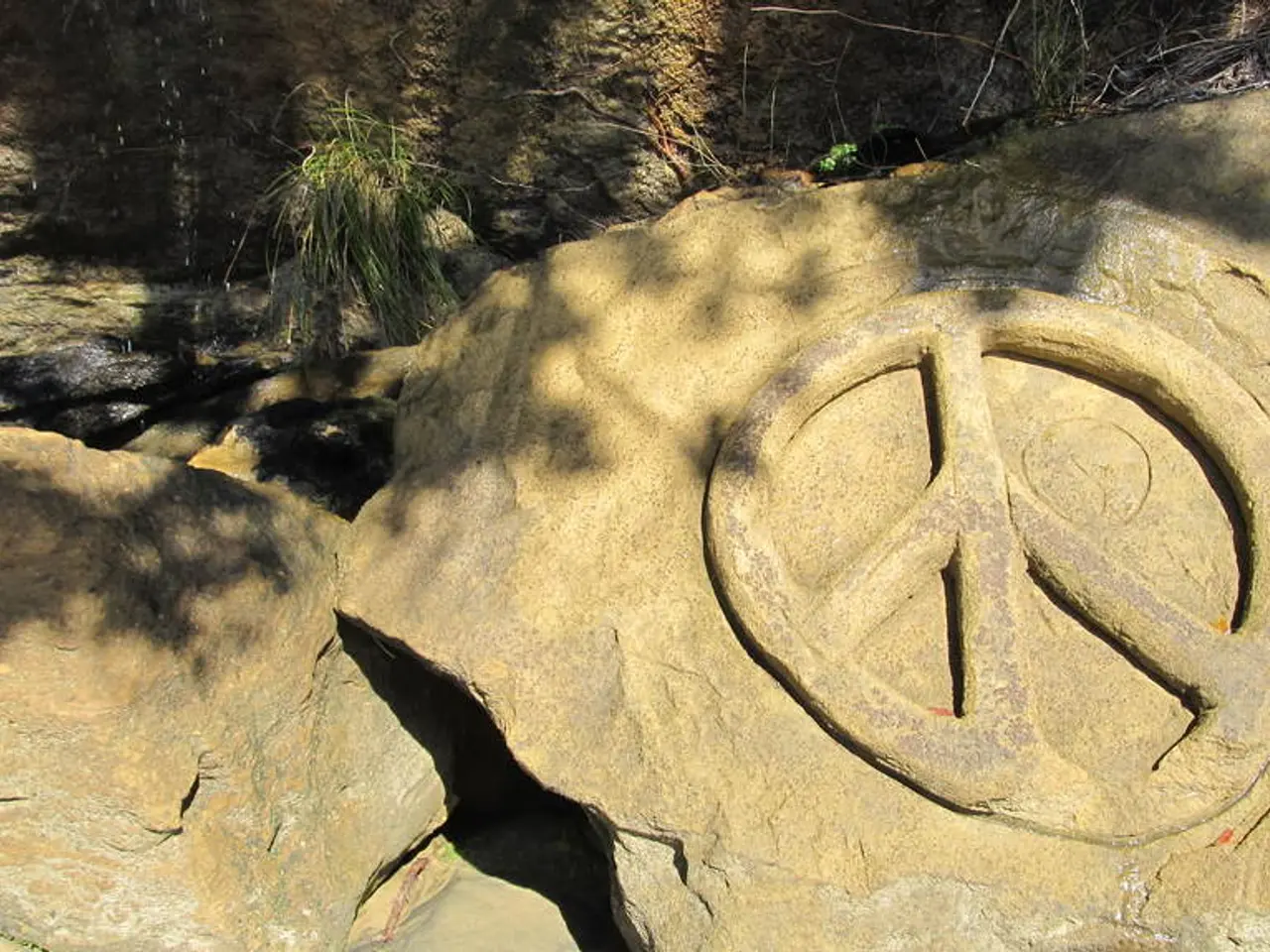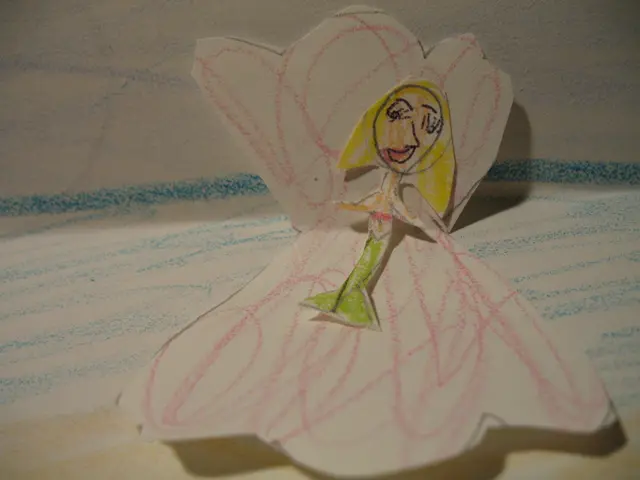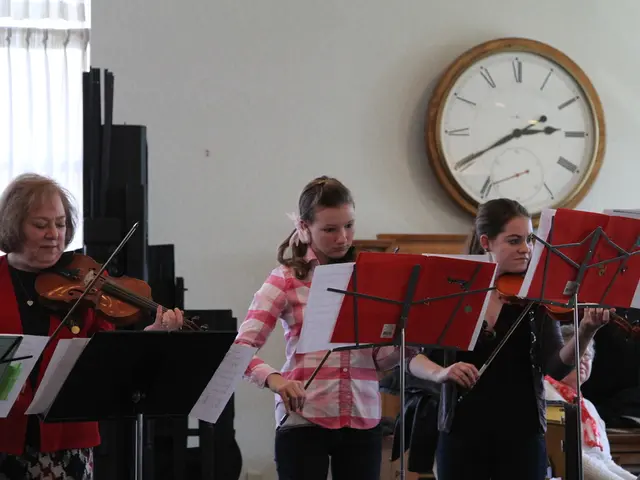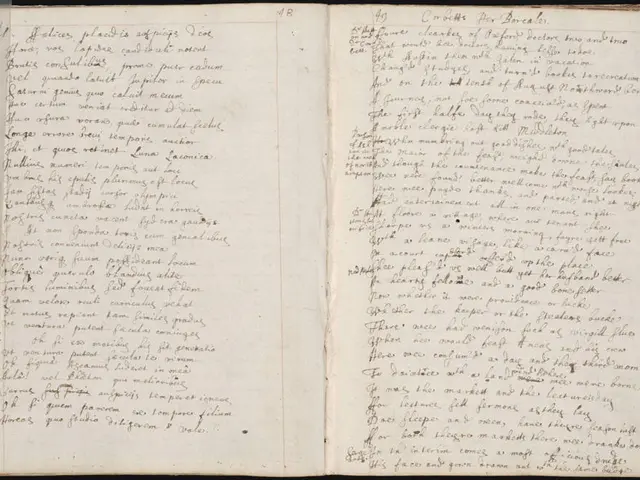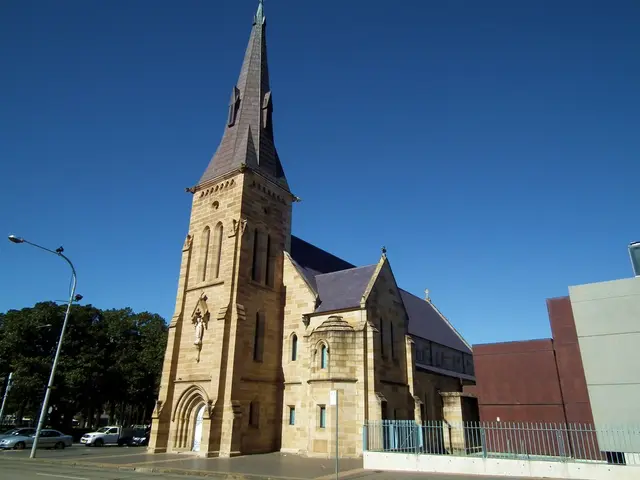Prospecting in the Interior Wilderness
Embarking on a three-week expedition, Carmen Garcia-Carballido FGA DGA L.Geology MSc. EurGeol embarked on an exciting journey across the sapphire and opal fields of eastern Australia. The journey, meticulously planned by her husband, took her from Aberdeen and traversed New South Wales (NSW) and Queensland, covering approximately 4,500 km in 13 days with camping at a different site every night.
The trip began with a visit to Glenn Innes and Inverell, where sapphires are typically found in alluvial deposits (river gravels) or underground in primary deposits. Miners use a combination of hand mining and underground mining methods, carefully excavating to avoid damaging the stones and employing sieving and washing techniques to separate sapphires from other materials.
In Inverell, the group met Jack Wilson, a longstanding sapphire mine owner, and his wife Dallas, a jewelry designer who crafts pieces using blue sapphires from Jack's mine. The group also had the opportunity to fossick for sapphires themselves, an experience that proved both rewarding and educational.
The journey then headed south towards the Quilpie opal fields, where St. Finbarr's Catholic Church boasts impressive panels of boulder opal donated in 1976 by local miner Des Burton. The group found the only shop open in Quilpie, which sold everything and had the last copy of Greg Pardey's Black Opal: A Comprehensive Guide to Cutting.
In Lightning Ridge and Yowah, the group visited underground opal mines and were allowed to fossick for opals on the 'mullock heaps' of old spoil outside the mine. Opals in these areas are found in sedimentary rocks, often in horizontal or vertical cracks and cavities. Miners use open-cut mining, underground mining, or nobby or boulder mining methods to extract opals.
The group also visited the Central Queensland Gemfields (The Gemfields near Anakie, Sapphire), renowned for sapphire mining using labor-intensive methods. In Lightning Ridge, miners dig horizontal tunnels to follow alluvial pay zones where sapphires, zircons, garnets, and occasionally diamonds concentrate.
In Rubyvale, miners look for blocks of quartz in the wash, as sapphires are likely to aggregate upstream of such 'Billy boulders'. Prospectors in Rubyvale dig one metre diameter vertical shafts through 'shin cracker' overburden.
The group drove westwards to Barcaldine ahead of cyclone Debbie's rainclouds, avoiding a visit to a gem dealer in Yepoon and the Marlborough Chrysoprase. Despite the change in plans, the journey was filled with valuable learning experiences and encounters with passionate gemstone enthusiasts.
Greg Armstrong, an opal miner, cutter, and stone setter, provided the group with a bag of 'potch' opal to practice cutting at home. Eddy Lunney, shop owner in Quilpie, even gave a masterclass in boulder opal cutting and polishing.
In summary, mining sapphires and opals in eastern Australia involves a combination of surface and underground excavation, sorting and washing gravel or rock, and careful manual inspection to recover valuable gemstones. Each location’s geology influences the specific approach—for example, sapphire alluvial mining in Inverell versus underground opal mining in Lightning Ridge and Yowah. Safety measures and community events supplement the mining lifestyle.
- With her newfound knowledge, Carmen Garcia-Carballido FGA DGA L.Geology MSc. EurGeol might consider teaching gemmology workshops, sharing insights on sapphires and opals.
- Carmen could also offer courses on healthier and sustainable living, integrating eco-friendly practices into the diamond and jewelry industry.
- Upon returning home, she might opt for outdoor-living, setting up a backyard garden to grow herbs and flowers, a home-and-garden hobby that supports sustainable living.
- Maybe Carmen could even arrange a membership program for fellow gemstone enthusiasts, organizing trips to diamond fields or car-maintenance sessions, particularly on electric vehicles for adventure travel.
- As time allows, Carmen could explore sports like weather forecasting and sports betting, which could potentially complement her unique lifestyle and interests.
- Speaking of sports, perhaps she could join an adventure travel group that organizes trips to exotic locations, balancing her passion for gemstones and exploration.
- As a successful gemstone explorer, Carmen could invest in cars, focusing on car maintenance to ensure their reliability for her future expeditions.
- To keep her skills sharp, she might prefer electric vehicles, as they require less maintenance than traditional gas-powered cars.
- During expeditions, Carmen could utilize weather forecasting apps to plan her journey and ensure safety, a small yet crucial aspect of her adventurous lifestyle.
